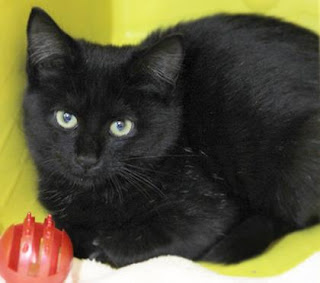Have you ever found yourself in a situation in which someone was pressuring you to make a decision, possibly a very important one?
Example: Your spouse tells you he’s been offered a job across the country. He wants the job, and he wants you to go along with his decision.
That’s a lot of pressure, and people never make their best decisions when they’re under pressure. That state activates the primitive brain, where the basic decisions consist of fight or flight. When your future as a live being depends on whether to fight or to flee, this fast-moving part of the brain is your friend. It will tell you what to do about the noise that sounds like a large, hungry animal and whether you should flee from or fight the stranger on your path.
We often have more complex decisions to make now, but the anxiety they arouse triggers our instinct to revert to the fight-or-flight mode of decision making. This doesn’t serve us in most situations. We can make decisions in our best interests, by consciously getting into a mindful state.
Steps Towards Mindfulness
First, breathe deeply. This takes awareness because our tendency in fight-or-flight moments is to engage in shallow breathing, which deprives our brains of oxygen, which further panics us.
Inhale and exhale for as long as necessary. You can enhance this process by placing both hands lightly on your solar plexus.
After that, you may want to meditate, do yoga, or chi kung. If you practice Reiki, you can give yourself a treatment.
One of the best things I’ve done for myself in a high-pressure situation is to use EFT (Emotional Freedom Technique). This consists of tapping on specific acupressure points while repeating statements (which will vary according to the situation). Research has shown that tapping can calm the primitive brain and restore calm and mindfulness to the mental processes. (For more information on EFT, you can go here.Once you feel more calm, consider the urgency of the decision. Do you really have to decide right away? By really, I mean 6 other people want the apartment, UPS has to pick up the package tomorrow, or your spouse has to decide about the job within 48 hours.
Consider—it may not be true, but consider it, anyway—that if a clear “Yes” or “No” aren’t coming up for you, “No” is often the best fall-back answer. This may lead to discussion, like “Why did you apply for a job 3000 miles away without asking me if I’d be willing to move?” This question could lead to an interesting conversation.
Sidestep Power Plays
Also consider that for many people, applying pressure on another is a form of exercising power over them. Recognize those who play such games, and walk off the court.
Play by your own rules. It’s your life and your decision to make.
I’d love to hear how you’ve mindfully handled a tough decision in your life. Please feel free to post below.
